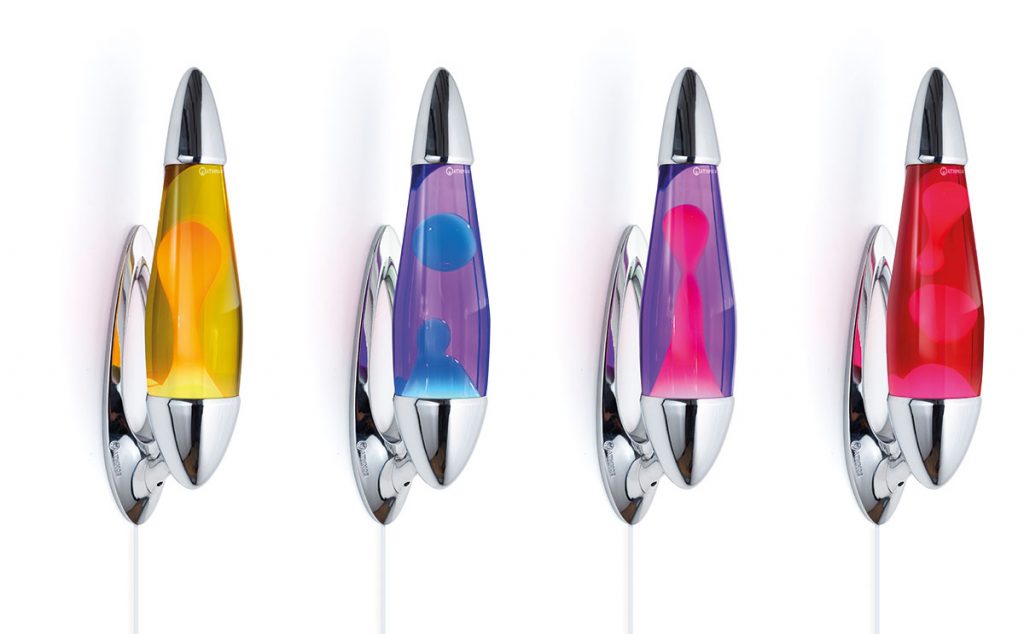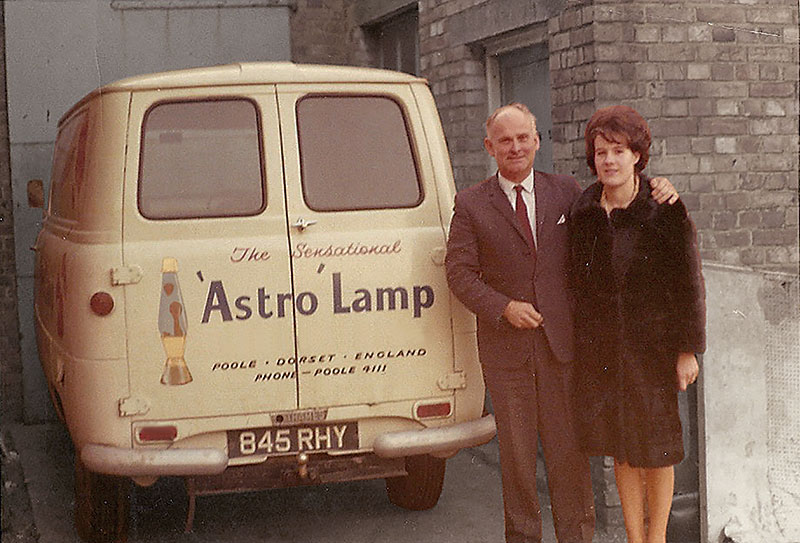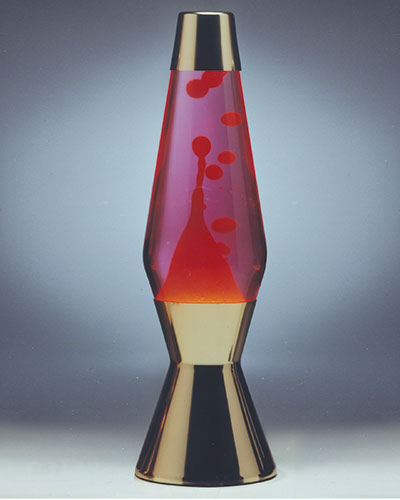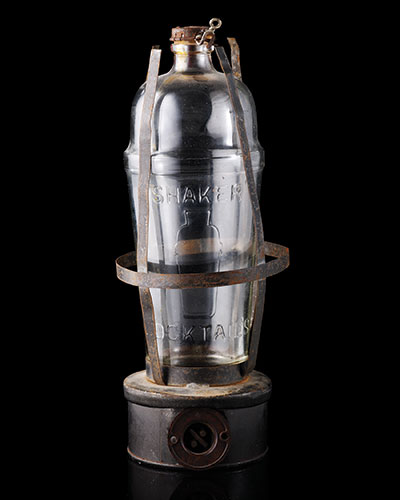The space race and hippie counterculture inspired one enduring design: Edward Craven-Walker’s Astro lava lamp

During the first half of the 1960s, the world was gripped by the Space Race. The Soviets had launched the first Sputnik at the end of the 1950s, and had beaten the Americans again in 1961 by sending Yuri Gagarin into orbit. Neil Armstrong and co would trump that by landing on the Moon by the end of the decade, but in the meantime the bold modern lines of rocket ships and all things space-age were influencing the design of cars, typography and everything in between.
Simultaneously, an equally cosmic awakening was taking place, as the free-love, pot-smoking hippie counterculture gathered pace. The collision of these two forces produced a design that has endured to this day: the lava lamp. The man who invented it, Edward Craven-Walker, was a classic British eccentric and something of a bohemian himself.

Born as the First World War was coming to an end, he grew up to be an early fan of naturism, even owning a nudist camp in Dorset at one point. When he wasn’t driving his Jaguar (or his fire engine) or making under-water films, he was in his workshop, tinkering with ideas – one of which became the Astro lava lamp. He and his wife Christine filled an ex-postal van with the first batch of lamps and drove around the country selling them.
The lamp’s popularity grew steadily, thanks to appearances on Doctor Who and The Prisoner – the stoners were mesmerised by its psychedelic colours and hypnotic movement, and everyone else loved it for its quirky modernity. “If you buy my lamp, you won’t need drugs,” said Craven-Walker in a sales pitch like no other. When Ringo Starr and David Bowie were photographed with their lamps, the design’s iconic status was sealed.
Fifty-five years on, and the world is a very different place. The Astro, however, which has been in continuous production ever since at the Mathmos factory in Dorset, is still going strong. The original design had been tweaked and updated over the years, keeping its quirkiness while giving it a more contemporary feel. Alongside it is the sleek Neo – a table lamp or wall lamp, which comes in a variety of metallic finishes – while the Telstar has a space-age aesthetic that is completely in keeping with Craven-Walker’s vision. Mathmos has also created the innovative candle-powered Fireflow. Fans are encouraged to share their vintage lava lamp stories and images using the hashtag #ECW100.
ATTENTION TO DETAIL
THE HISTORY Legend has it that Edward Craven-Walker was inspired to create his lamp after he came across an egg timer in a Dorset pub that worked by combining two liquids. After many years of experimentation, the Astro was launched in 1963 and has remained in production ever since.
THE FINISH The original design has been developed into a family of lava lamps. All are beautifully manufactured, with high-quality polished aluminium finishes.
THE VERDICT While the Astro may have been a true classic of its time, its unique blend of 1960s space-age optimism and psychedelic colours has given it an appeal that endures to this day.





